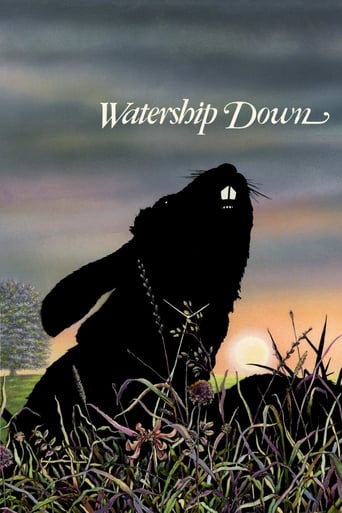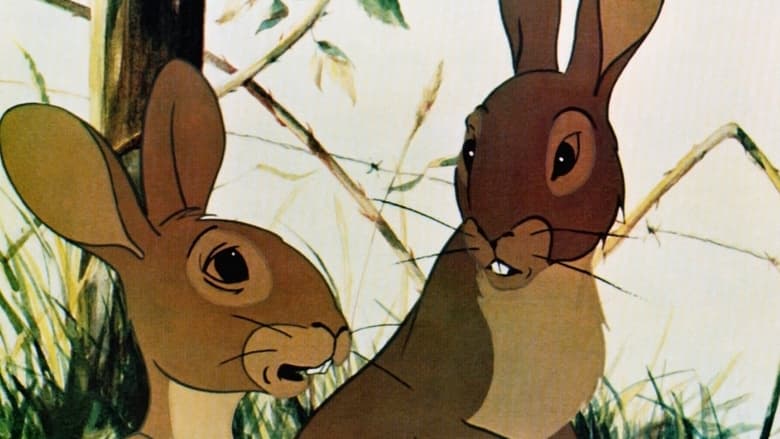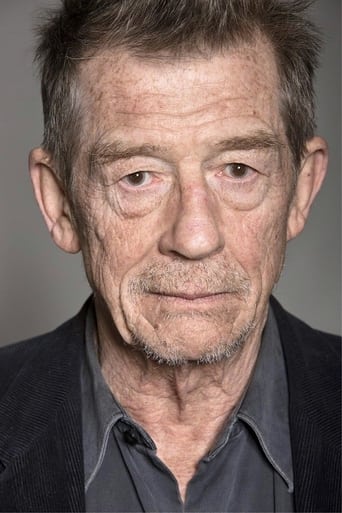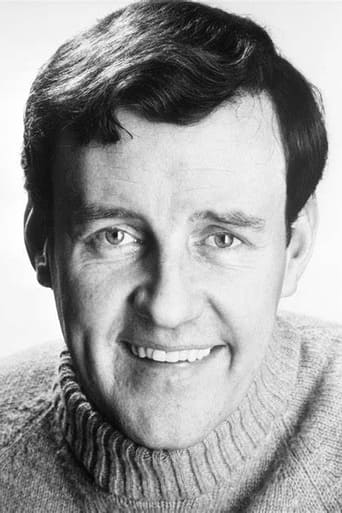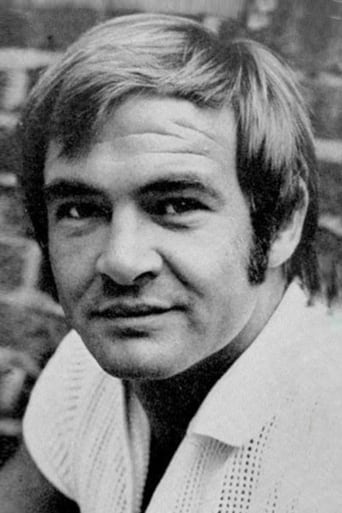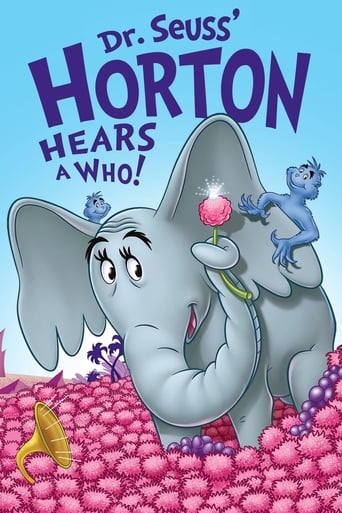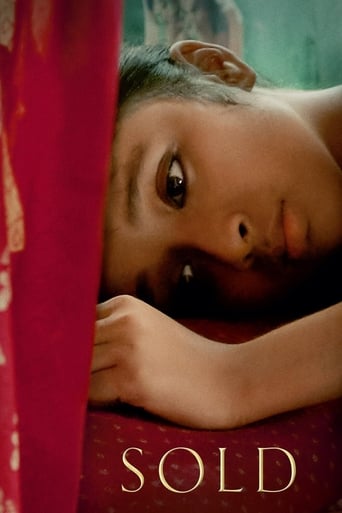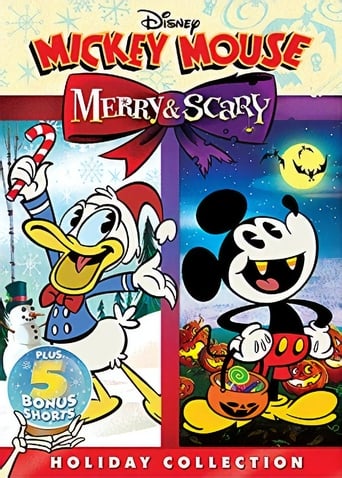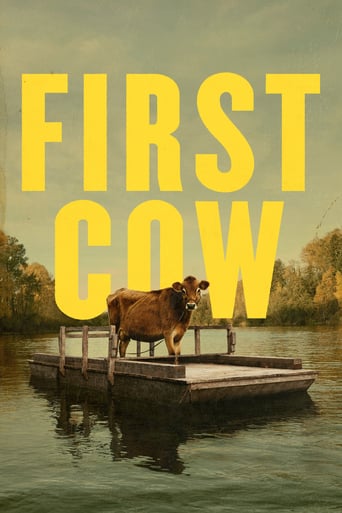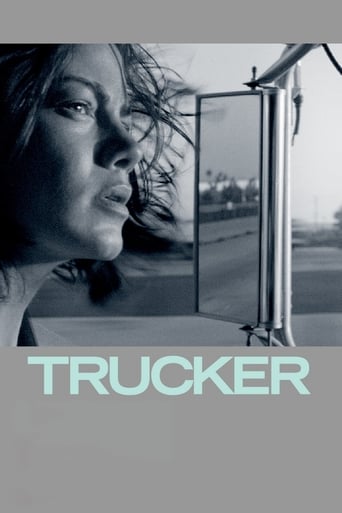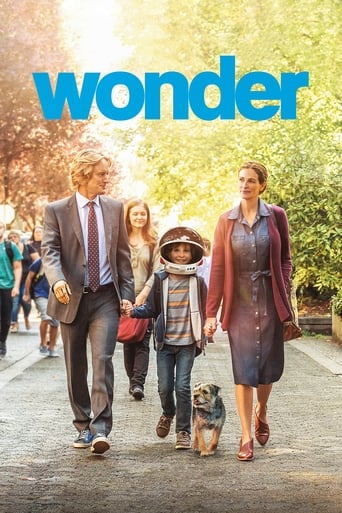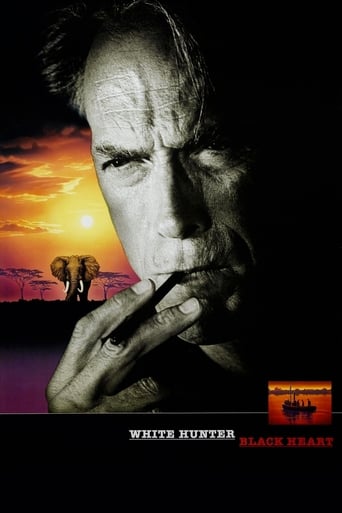Watership Down (1978)
When the warren belonging to a community of rabbits is threatened, a brave group led by Fiver, Bigwig, Blackberry and Hazel leave their homeland in a search of a safe new haven.
Watch Trailer
Cast


Similar titles
Reviews
If you don't like this, we can't be friends.
hyped garbage
good back-story, and good acting
Wow! What a bizarre film! Unfortunately the few funny moments there were were quite overshadowed by it's completely weird and random vibe throughout.
We all know the story. At least, all of those in my generation, who were most unfortunate (fortunate?) to have their parents select this VHS for them. The first time I watched Watership Down was not the last time I watched it. For some reason, despite the grotesque amount of gore and the pervasive amounts of adult themes, I watched it several times. Perhaps this was because, despite all of that, I could understand the thrill of the story.While I can't say I recommend it for small children, there's no story out there that's quite like it. It's a story of war, betrayal, survival, corruption - and it's all acted out with animals, chiefly rabbits.
A community of rabbits are forced to leave the warren that they live in. The rabbits encounter various obstacles in the cruel and unfair outside world during their search for a new peaceful home.The key remarkable triumph of writer/director Martin Rosen's exceptional adaptation of Richard Adams' bestselling novel is the vivid and striking way it presents a fascinating and thoroughly realized universe for the rabbit protagonists full of both stunning beauty and great danger that comes complete with its own unique spiritual beliefs and a clearly delineated social pecking order. Moreover, this film also serves as an intelligent and provocative meditation on the abuse of power, the desire for freedom, and the inevitability of death. The naturalistic and carefully crafted hand-drawn animation provides a lovely pastoral look. The superb voice acting from a top-drawer cast of British thespians rates as another substantial asset, with especially stand-out contributions from John Hurt as the gentle, yet noble Hazel, Richard Briers as nervous clairvoyant Fiver, Michael Graham Cox as rugged tumbler Bigwig, Roy Kinnear as cowardly runt Pipkin, Denholm Elliott as the sniveling Cowslip, and Harry Andrews as vicious tyrant General Woundwort. Zero Mostel supplies amusing comic relief as noisy, but helpful seagull Kehaar. The startling moments of bloody violence pack a jolting punch. Angela Morley's harmonic score and the touching ballad "Bright Eyes" sung by Art Garfunkel hit the tuneful spot. A highly impressive achievement.
There is an unfortunate aspect that must come with the visual medium, and this is that the rabbit's point of view switches to a more omnipotent one. Richard Adams' classic novel had a way of characterising the rabbit's perspective within their own worldview and terms. His descriptions of how they saw strange and alien threats such as bulldozers, cars and roads are brilliant, offering just enough hint of form to the human reader for us to understand and comprehend how terrifying it must be to have a metal creature rip up the earth itself. In particular there is a wonderful sequence missing, entailing how Holly recounts a roaring train as some sort of godly presence sent by El-ahrairah himself to save the rabbits from the Efrafan patrol. We don't get this in a movie, of course. A car is just a car, a road just a road, and when Hazel is shot, we already know what must be done long before Kehaar chimes in. Adams created an entire lore from the rabbits' worldview and some remnants of it remain, thankfully. Hubley's lasting presence is felt mostly in the opening sequence, a bouncy, cartoony style creation story tinged with cultural importance and ethnocentrism. It's charming and fluffy, as if it was being told by a mother rabbit to its kittens right before bedtime, and it also provides the valuable aspect of juxtaposition to the film's real world and its harsher environment and animation style. This has always been a point of contention when discussing the film, of how it smuggles in its graphic violence amidst the initial presentation and premise. A animated story about fluffy bunnies is perfectly appropriate, reasoned parents of unassuming children. But this is precisely why Adams' story is so valuable. It strips away those innocent notions of animals and the wild. It doesn't sanitise what it must be like to survive beyond the comfort of the rabbit hutch.Is it a good adaption? Well, yes and no. Some of the images it manages to capture defy what any written description could ever achieve. The animation style has the backgrounds painted in lush, delicate watercolours, and then the rabbits drawn with hard-edged lines. This allows for the animators to easily tinge the colour palette; purple and yellow for sunset, or drenching the fields with blood-red in Fiver's visions. The uneasiness surrounding the Cowslip's warren is illustrated in colour instead - their warren's tunnels are coloured unnaturally, in bright and lurid oranges and pinks to signify the inhabitant's departure from the natural wilderness rabbit life. Holly's recount has a thick air of terror imbued within, and the animation swirls like a hallucinatory nightmare as he re-experiences the invasion and destruction of man. The soundtrack also lends an extra element to the film. When the group's only doe, Violet, is snatched up in the blink of an eye by an eagle, the score screeches in anguish, almost alive. And who could ever forget Art Garfunkel's Bright Eyes in the moving sequence where a vision of the Black Rabbit leads Fiver to his injured brother. Unfortunately, these seem like cosmetic improvements that distract from what has been taken from the heart of the story. Animation is expected to be a lengthy and costly process, so the basic plot points have been retained here, but a more than cursory glance reveals that much is missing. The film is a compressed, condensed version of the events on Watership Down. It skips the leadership and decision making process that gradually sees a meek rabbit evolve into Hazel-Rah. Case in point: Hazel doesn't make the decision for the whole group to feed and nurse Kehaar for no immediate benefit, he just decides to help them for no reason. There is no process of trial and error that sees Hazel learn from his mistakes, or see his initial decisions benefit them in the long run (like befriended the mouse). A brilliant line from the novel is turned into something far less meaningful - it is supposed to signify Bigwig's shift in demeanour over time to accept Hazel's authority, but here it's just used to emphasise Woundwort's short-sightedness by repeated highlighting how much he wants to rip 'Chief Rabbit' Bigwig into shreds. And Woundwort himself is turned into some tame bedtime story legend, instead of a lasting remnant of the strange powers of brainwashing and devotion. Where is Dandelion's speed and storytelling? Blackberry's intelligence? Hazel was wise enough to respect and utilise those around him, but here the secondary characters are pushed back. Hazel is the real hero, but we don't feel the protectiveness and love he has for his warren, so his death isn't nearly as moving as it should have been.
What if rabbits had myths and beliefs of their own? That's pretty much the only change this film makes to the existing world, but it's enough to open up a whole new realm of possibilities. The rabbits of this film are ordinary rabbits. They come out near dusk, eat carefully, are ever alert and are as a whole a nervous bunch. But this film, based on a classic novel of the same name by Richard Adams, sets out to explain this behaviour by giving the rabbits the ability to tell stories to one another, including creation myths. Tales about the sun god Frith and the first rabbit, The Prince with a Thousand Enemies, El-ahrairah.And you know what? That's really interesting. The whole film pulls you in instantly and you come to care about the lives of these ordinary rabbits, which you normally wouldn't pay any attention to. But the film makes them identifiable and shows their struggles as they constantly clash against the world of men and against their own kind. For they have the same capacity for cruelty, power-madness and insanity as we have. It's not a tale for small children or the easily disturbed, that's for sure, but I admire its ambition and willingness to explore some pretty heavy and dark themes.The film is also animated well, especially keeping in mind the relatively small budget. Pretty much the only complaint I have animation-wise is that it's sometimes a bit tough to tell the rabbits apart from one another. Some are easily distinguished, but the majority of them look very alike. But, as a whole, it's very impressive-looking.Watership Down is a rare jewel. An animated film you can only really appreciate as an adult, for it is a dark tale with themes of power, dictatorship, the ability to hope and the willingness to endure. Definitely not a film you should show to your kids, no matter how cute the rabbits look on the cover.

